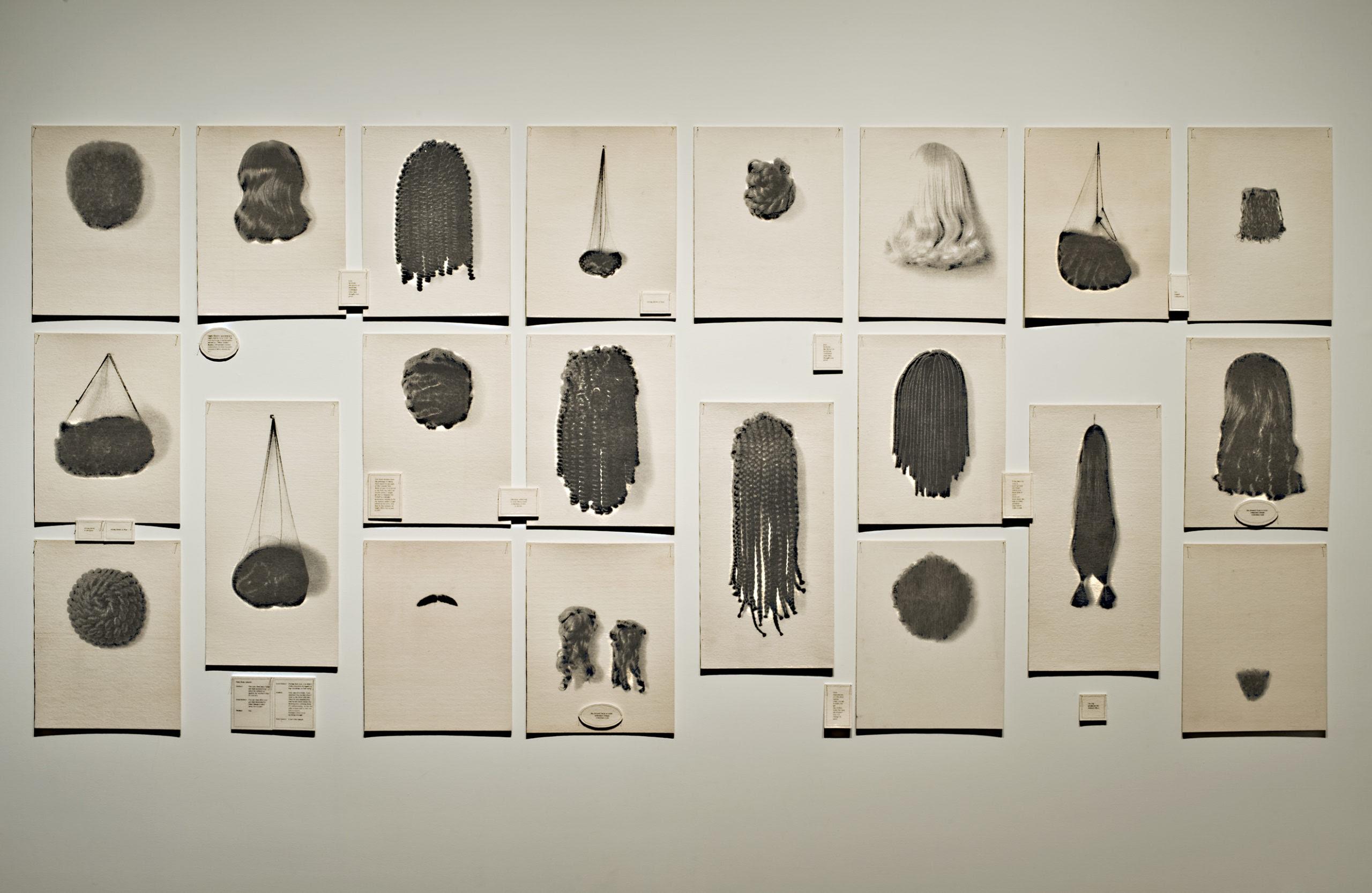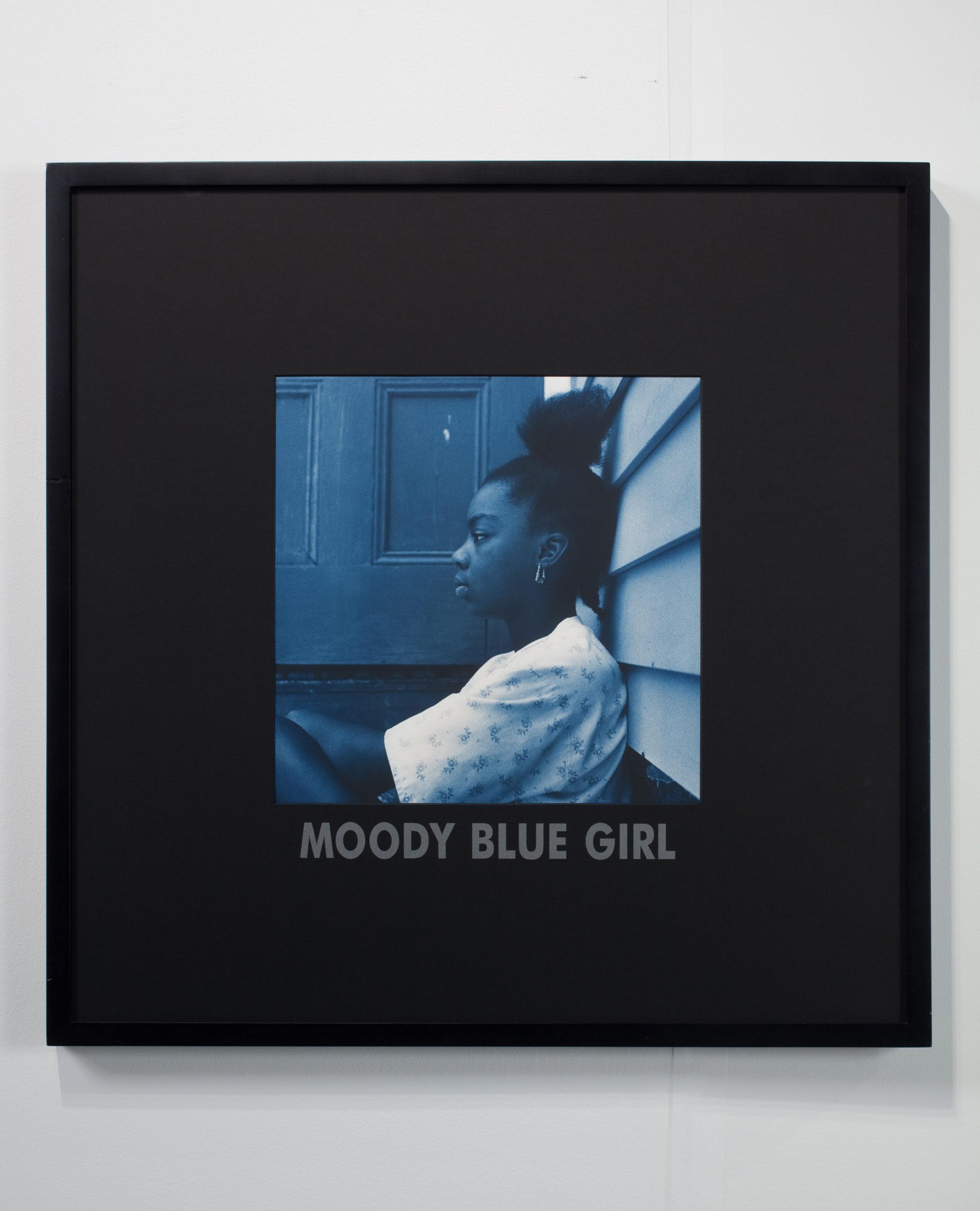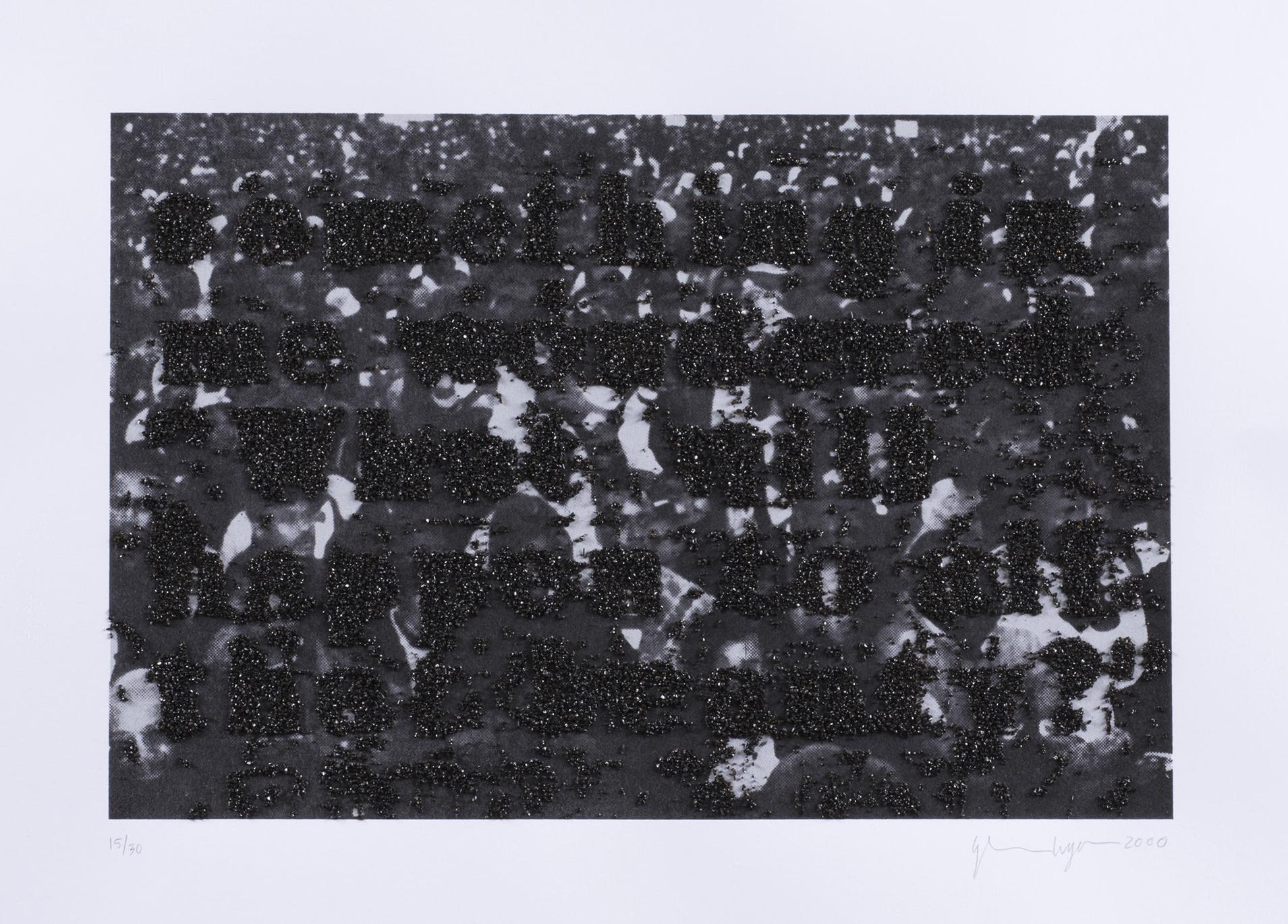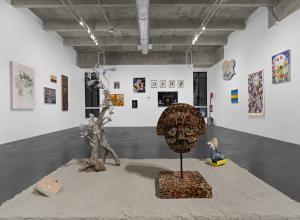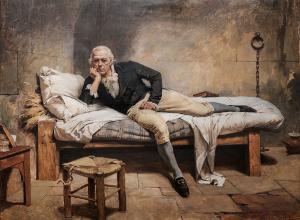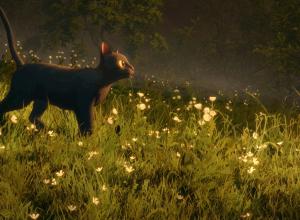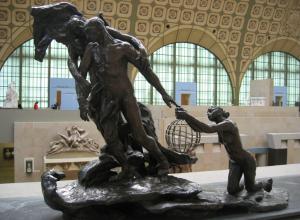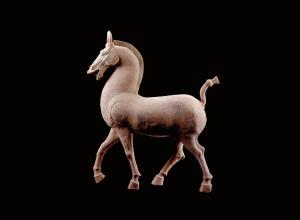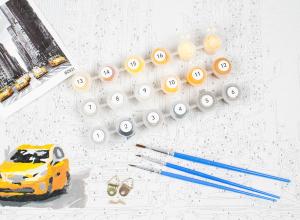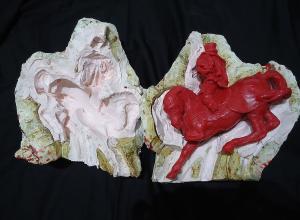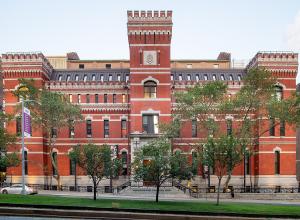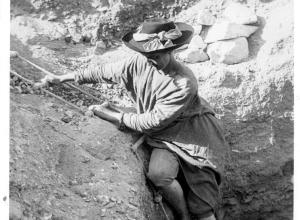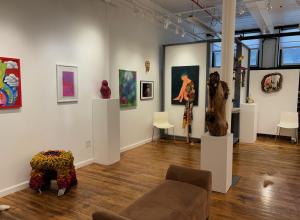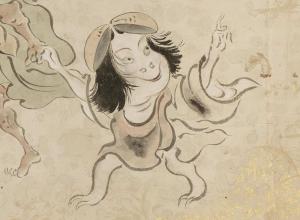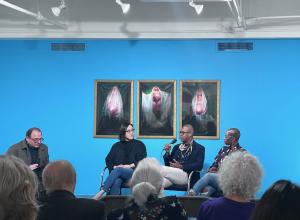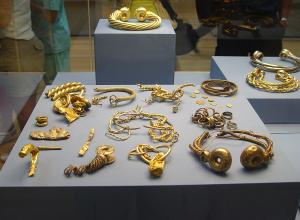“The exhibition title is inspired by the key question each artist raises, which is how appearances shape our perceptions and assumptions of our identity and character,” said Robin Reisenfeld, TMA’s senior curator of works on paper. “The artists manipulate texts, words and phrases related to race, combining them with photographic or invented imagery to examine the meaning and interpretation of individual identity. Through various visual strategies, they ask the viewer to consider identity through the overlapping perspectives of gender, race, ethnicity and sexuality to challenge the notion of selfhood as one fixed set of characteristics.”
Central to the exhibition is Wigs by Lorna Simpson, who presents an array of wigs and hairpieces from thick braids and weaves to smooth blond locks.
“Lorna Simpson’s work makes us stop and think how our hair reflects and shapes our identity and how we perceive others,” Reisenfeld said. “The panels of fragmented text that accompany many of the images allude to the hairpieces’ capability for personal transformation and/or concealment. The repetition of different wigs–of real or artificial hair–that one wears for adornment or disguise suggests that identity itself can be a costume which one assumes to adopt another persona.”
Printed on felt, each photo-lithographic image possesses a tactility that recalls the texture of hair. Simpson’s sequence of images encourages one to question assumptions about who might wear the various wigs and raises the issue of hair’s centrality in African American cultural and personal identity, especially in relation to traditional white standards of beauty.
“Though Simpson’s work deals with issues of race, gender, class and identity, she leaves any precise interpretation of her images and text–and how they interact–up to the viewer,” Reisenfeld said.




